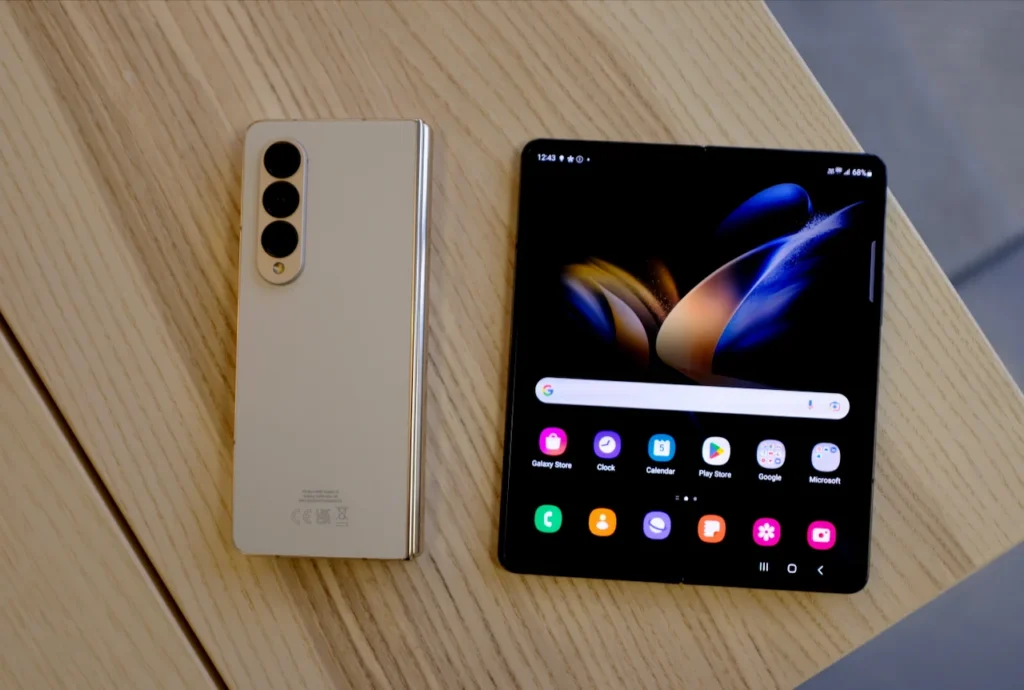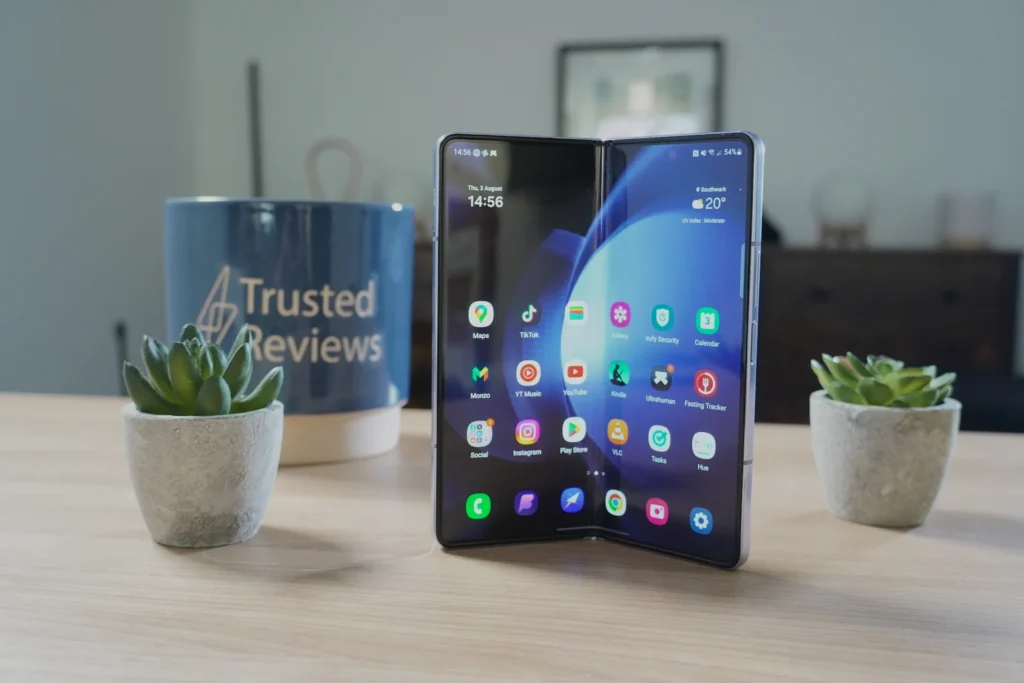In the ever-evolving landscape of technology, one of the most intriguing advancements in recent years has been the development and integration of foldable and rollable screens in portable devices. From smartphones to tablets and beyond, these flexible display technologies are reshaping the way we interact with our gadgets and pushing the boundaries of innovation.
Unfolding the Future: The Rise of Foldable Devices
Foldable screens have become a focal point in the tech industry, introducing a new dimension to the design and functionality of portable devices. Unlike traditional rigid displays, foldable screens are made of flexible materials that allow them to bend without compromising on display quality. The concept gained mainstream attention with the introduction of foldable smartphones like the Samsung Galaxy Z Fold series and the Huawei Mate X.

1. Versatility in Form Factor:
Foldable screens offer a unique versatility in form factor. Users can enjoy the convenience of a compact device that unfolds into a larger screen for tasks like reading, browsing, or multimedia consumption. This adaptability caters to the dynamic needs of users who seek both portability and a larger display when required.
2. Multitasking Redefined:
The foldable screen technology enables innovative multitasking experiences. Users can run multiple applications simultaneously, utilizing different sections of the unfolded screen. This enhances productivity and creates a more immersive user experience, blurring the lines between smartphones and tablets.
3. Enhanced User Interaction:
Foldable devices, such as the Samsung Galaxy Z Flip, open up new possibilities for user interaction. For instance, a folded device can act as a standard smartphone, but unfolding it may reveal an extended interface for gaming, video editing, or collaborative work. This dynamic interaction model adds a layer of excitement and engagement for users.

The Emergence of Rollable Screens
While foldable screens have been making waves, rollable screens are emerging as another groundbreaking innovation. Instead of folding in half, these screens can be rolled or extended to provide a larger display area. This technology is gradually finding its way into devices like rollable smartphones, with concepts like the LG Rollable.
1. Compact Storage and Portability:
Rollable screens offer a compact storage solution. When not in use, the screen can be rolled up, making devices more pocket-friendly and easy to carry. This addresses the challenge of balancing larger screen sizes with the need for portable and convenient form factors.
2. Variable Screen Sizes:
Rollable screens provide a variable screen size, allowing users to adjust the display according to their preferences. Whether it’s a smaller screen for casual use or a larger one for multimedia consumption, the flexibility of rollable screens caters to diverse user needs.

3. Durability and Resistance:
The flexible materials used in rollable screens often contribute to enhanced durability. The ability to bend and flex without breaking makes devices with rollable screens more resistant to damage from accidental drops or impacts.
Challenges and Future Developments
While foldable and rollable screens present exciting possibilities, there are challenges to address. Issues like durability over long-term use, cost, and the refinement of manufacturing processes are areas where continuous advancements are essential.
Looking ahead, the integration of these flexible display technologies into various devices is likely to expand. Beyond smartphones, we can anticipate the incorporation of foldable and rollable screens in laptops, e-readers, and even wearable devices.
Conclusion
Foldable and rollable screens, as demonstrated by devices like the Samsung Galaxy Z Fold, Huawei Mate X, and LG Rollable, are not merely technological novelties; they represent a paradigm shift in how we perceive and interact with portable devices. As the technology matures and becomes more accessible, it has the potential to redefine the standards for device design, offering users a seamless blend of portability and expansive display capabilities. The journey towards flexible and adaptable screens is an exciting one, promising a future where our devices seamlessly adapt to our needs, and not the other way around.
